Insulating wall & ceiling cavities that intersect
jen_fh
| Posted in Energy Efficiency and Durability on
Hi all,
I’m working on a full gut reno of a 1970s kit-house in Ontario, Canada (Climate Zone 6) and coming up on the insulation stage after doing some roof work.
The bottom chord of the cathedral ceiling roof trusses hangs below the top of the wall cavities, so that there’s no framing dividing the wall cavities from the cathedral ceiling cavity — see attached photos.
Any suggestions for how to approach insulating these connected cavities? My understanding is that it’s generally considered important to limit airflow between walls and ceiling. Ice damming has been an issue for us so we’re trying to get air-sealing right.
Should I be trying to separate the wall cavity by adding blocking at the “top” of each wall cavity? This seems like a big job and tricky to get airtight.
Details that might matter:
– I’m planning to use a smart vapour barrier on the walls and ceiling, Intello or Membrain.
– Wall insulation will be Rockwool in the 2×6 cavities, no exterior insulation at this stage.
– Still deciding on the type of ceiling insulation for the cathedral ceiling area. It’s vented above and will either be all rockwool, or spray foam to the required depth of 50%+ R-value followed by rockwool.
Thanks in advance for any insights!
GBA Detail Library
A collection of one thousand construction details organized by climate and house part
Search and download construction details


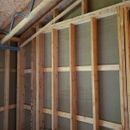
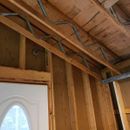
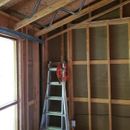
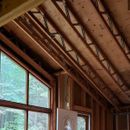
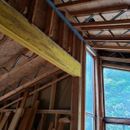







Replies
jen_fh,
Where is your primary air barrier going to be? If it's on the interior, the connection between the walls and roof doesn't matter as there should be no air moving into the walls, and so no air to move from there into the roof space.
Hi Malcolm! Yes, it's on the inside -- the interior Intello/Membrain vapour barrier will serve as our primary air barrier (and we'll also do our best to make the drywall airtight).
Thanks for the quick reply and explanation -- makes perfect sense!